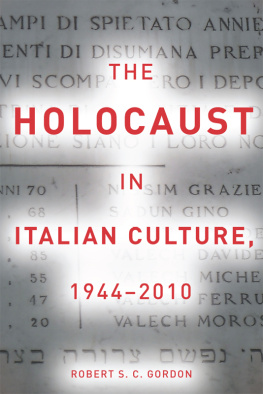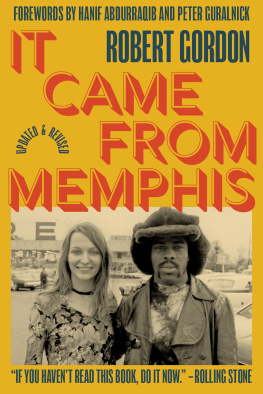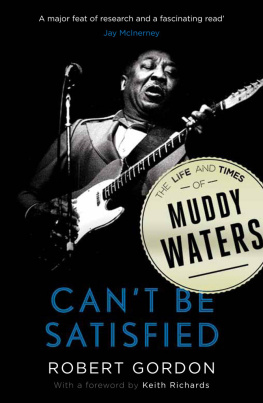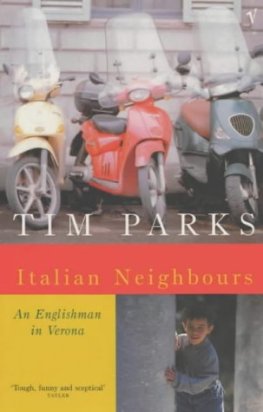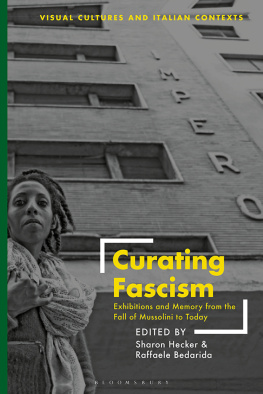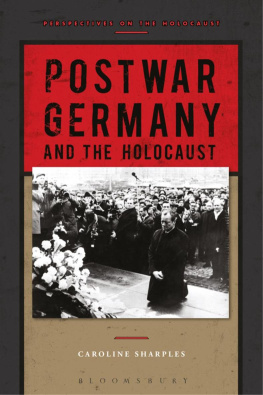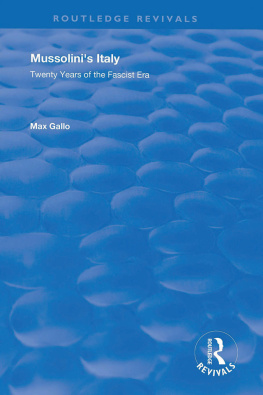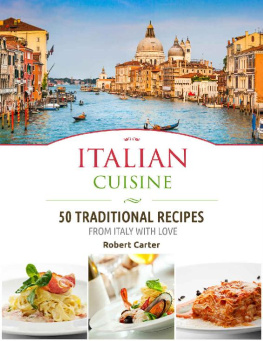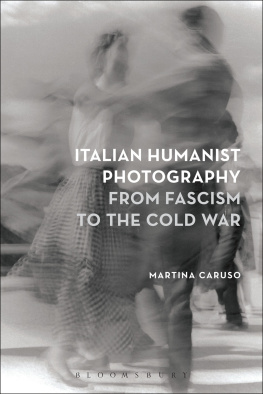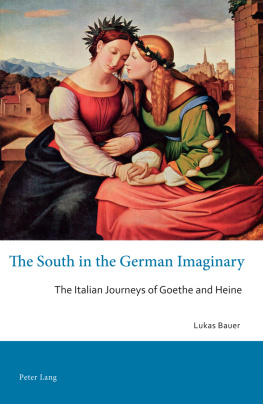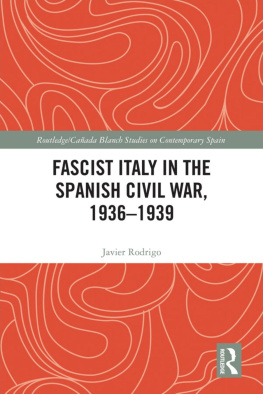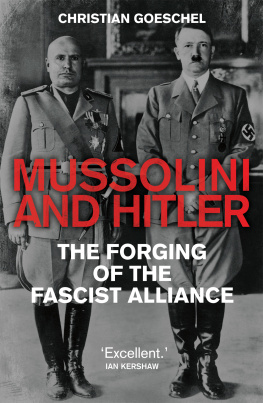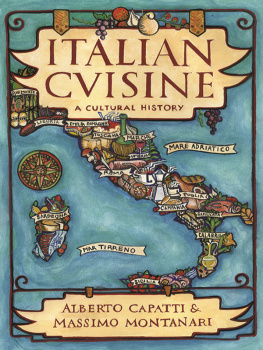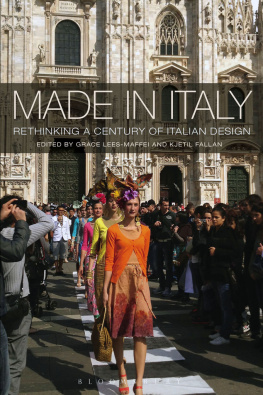The Holocaust in Italian Culture,
19442010
Robert S. C. Gordon
Stanford University Press
Stanford, California
Stanford University Press
Stanford, California
2012 by the Board of Trustees of the Leland Stanford Junior University.
All rights reserved.
No part of this book may be reproduced or transmitted in any form or by any means, electronic or mechanical, including photocopying and recording, or in any information storage or retrieval system without the prior written permission of Stanford University Press.
Printed in the United States of America on acid-free, archival-quality paper
Library of Congress Cataloging-in-Publication Data
Gordon, Robert S. C. (Robert Samuel Clive), 1966 - author.
The Holocaust in Italian culture, 1944 - 2010 / Robert S.C. Gordon.
pages cm
Includes bibliographical references and index.
ISBN -- 8047 - 6345 - (cloth : alk. paper) ISBN -- 8047 - 6346 - (pbk. : alk. paper) ISBN 978-0-8047-8263-0 (e-book)
. Holocaust, Jewish ( 1939 - 1945 )Italy.. Nationalism and collective memoryItaly.. ItalyCivilization 1945 - I. Title.
DS.IG 66 2012
2012002456
Typeset by Bruce Lundquist in ./ Adobe Garamond
For Barbara, Ben and Leo
Contents
Acknowledgments
I am very pleased to be able to thank some of the institutions and people who have helped me over the years I have been working on this book. The idea for the book grew out of a long period of intense work on one remarkable survivor-writer, Primo Levi. I began to be curious about the world beyond Levis texts, the cultural field in which he was embedded. A first piece of writing, looking at Levis contemporaries and their accounts of the concentration camps written in the 1940 s, was made possible by the remarkable resources of the archive of the Centro di documentazione ebraica contemporanea in Milan. Further seeds were sown by an invitation from David Forgacs to speak at a seminar on Italian Holocaust cinema in London in 2002 . But the hard graft began in earnest only in 2005 , when I was lucky enough to be offered a Mellon FoundationJohn Sawyer Fellowship at the National Humanities Center in North Carolina, USA. The year spent at the NHC was an extraordinary opportunity to immerse myself in the project, drawing on the unparalleled atmosphere and resources of the Center, its community of Fellows, directors, staff and librarians. Thanks go to Geoff Harpham, Kent Mullikin, Lois Whittington and to all the Fellows of 2005 , especially Theresa Braunschneider, Madeleine Dobie, Martin Jay, Mary Kinzie, Mark Maslan, Alastair Minnis, Ruth Nisse, Silvana Patriarca, Philip Rupprecht and Paul Saint-Amour. The three librariansBetsy Dain, Jean Houston, Eliza Robertsonprovided me with a window onto extraordinary research resources, starting in the Research Triangle and spreading out across the United States, resources almost impossible to replicate in Europe, even for someone working on Italy.
In more mundane periods of university life and work, the project was sustained thanks to the support of the institutions and colleagues in the University of Cambridge, its Faculty of Modern and Medieval Languages and Department of Italian, the University Library and Gonville and Caius College. The book was brought to completion during a period of leave jointly supported by my university and college, and by the UK Arts and Humanities Research Councils Research Leave scheme.
I am grateful to the administrators and staff of the following libraries and archives in Italy: Centro di documentazione ebraica contemporanea, Milan; Archivio storico Olivetti, Ivrea; Archivio storico Galleria nazionale dellarte moderna, Rome; Casa della memoria and Biblioteca nazionale, Rome; Centro internazionale di studi Primo Levi, Turin. Salvatore Quasimodos literary executor and son, Alessandro Quasimodo, kindly gave me permission to reproduce the poem Auschwitz in its entirety. Thanks go also to Emily-Jane Cohen, Sarah Crane Newman, Judith Hibbard, Tom Finnegan and Harvey L. Gable, who have all been enthusiastic supporters of the book and sources of sound and humane long-distance advice at Stanford University Press.
I have tentatively presented work-in-progress on the book to an array of seminar and lecture audiences, in the UK (Anglia Ruskin, Cambridge, Leeds, Reading, Queen Mary, UCL, the Institute for Historical Research), Ireland (NUI Cork), the United States (Boston, Duke, Fordham, Hofstra, NYU, Wellesley, Yale), and Italy (Rome, Turin). Parts of the book have been published in draft form in journals or edited volumes (see Bibliography under Gordon), and I am grateful to editors and publishers for permission to draw on this material, revised and reworked, for this book. My sincere thanks, finally, go to these individuals who generously offered advice, dialogue and help of all kinds: Pierpaolo Antonello, Zyg Baranski, Marco Belpoliti, Ruth Ben-Ghiat, Guido Bonsaver, Richard Bosworth, Ann Caesar, Alberto Cavaglion, Mark Chu, Manuela Consonni, Phil Cooke, Virginia Cox, John Dickie, the late Risa Domb, John Foot, David Forgacs, Nadia Fusini, Nancy Harrowitz, Geoffrey Hartman, Daniela La Penna, Thomas Laqueur, Mary Laven, Adam Ledgeway, Giulio Lepschy, Laura Lepschy, Fabio Levi, Simon Levis Sullam, Stefania Lucamante, Franco Marcoaldi, Penny Marcus, Martin McLaughlin, Alan OLeary, Sergio Parussa, Emiliano Perra, David Porter, Stan Pugliese, Silvia Ross, Mimmo Scarpa, Jason Scott-Warren, Pauline Small, Risa Sodi, Marla Stone, David Ward, Andrew Webber. The book is dedicated to my familyBarbara, Ben and Leofor following me to Carrboro, NC, for a year, and for much else besides.
Part I
The Shape of Italys Holocaust
This book is about the wide field of cultural responses to what we call the Holocaust or the Shoah, as it emerged in Italy over the long postwar era. Although varying widely in discipline and methodologyfrom history, to literary or film studies, to sociology, political theory or cultural studiesthis body of work dovetails sufficiently well to allow us to shape out a common, cross-border chronological template of phases in the cultural elaborationwhat the Germans call working through (Vergangenheitsbewltigung)of knowledge about the Holocaust:
. Mid-1940s: following the camp liberations of spring 1945 and the rapid spread of horrific newsreel and print imagery of the survivors and the dead, there is widespread revulsion at the Nazi crimes, elaborated further at the Nuremberg Trials of 1945 . Early testimonies appear, but very few gain a wide readership.
. Late 1940s to late 1950s: in a period of reconstruction and Cold War tension, there is a widespread indifference to, even silence surrounding, Nazi crimes against Jews and the camp system. An exception is the spreading international reputation during the 1950 sas book, Broadway play and Hollywood filmof Anne Franks diary. The establishment of the State of Israel is linked to the Holocaust (as will be the counternarrative of the Naqba, the displacement of Palestinian populations in the war of 1948 ).
3. 1960s: the Final Solution begins to emerge as a key historical phenomenon and as a distinct subject for memory and historical understanding. Most accounts point to the Eichmann trial in Jerusalem in 1961 as a crucial turning point, but also relevant are the generational politics of the 1960 s, with the young challenging the settled narratives of the war and their parents complicity; and the 1967 Arab-Israeli Six Day War, which brought the very survival of the Jews back into vivid play, before Israels dramatic victory.
4. 1970s80s: awareness of the Holocaust emerges on a wide scale as a newly central feature in national histories and memory. France rediscovers from the early 1970 s, through books, films and trials, the extent of Vichys collaboration and complicity (e.g. Marcel Ophuls
Next page
